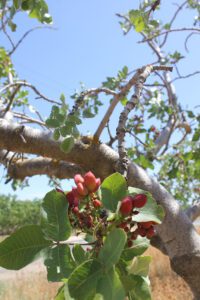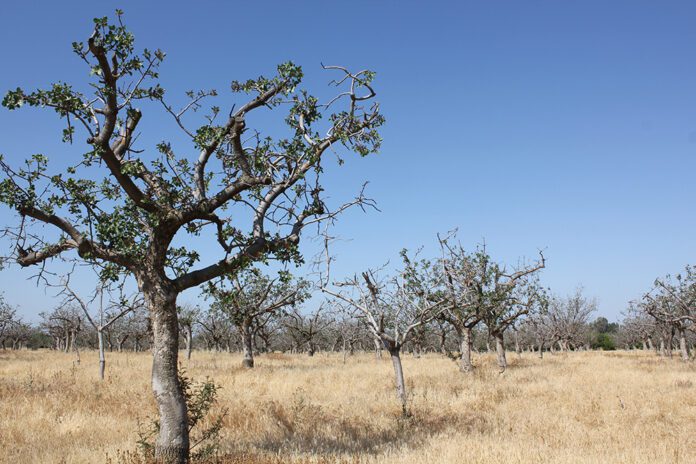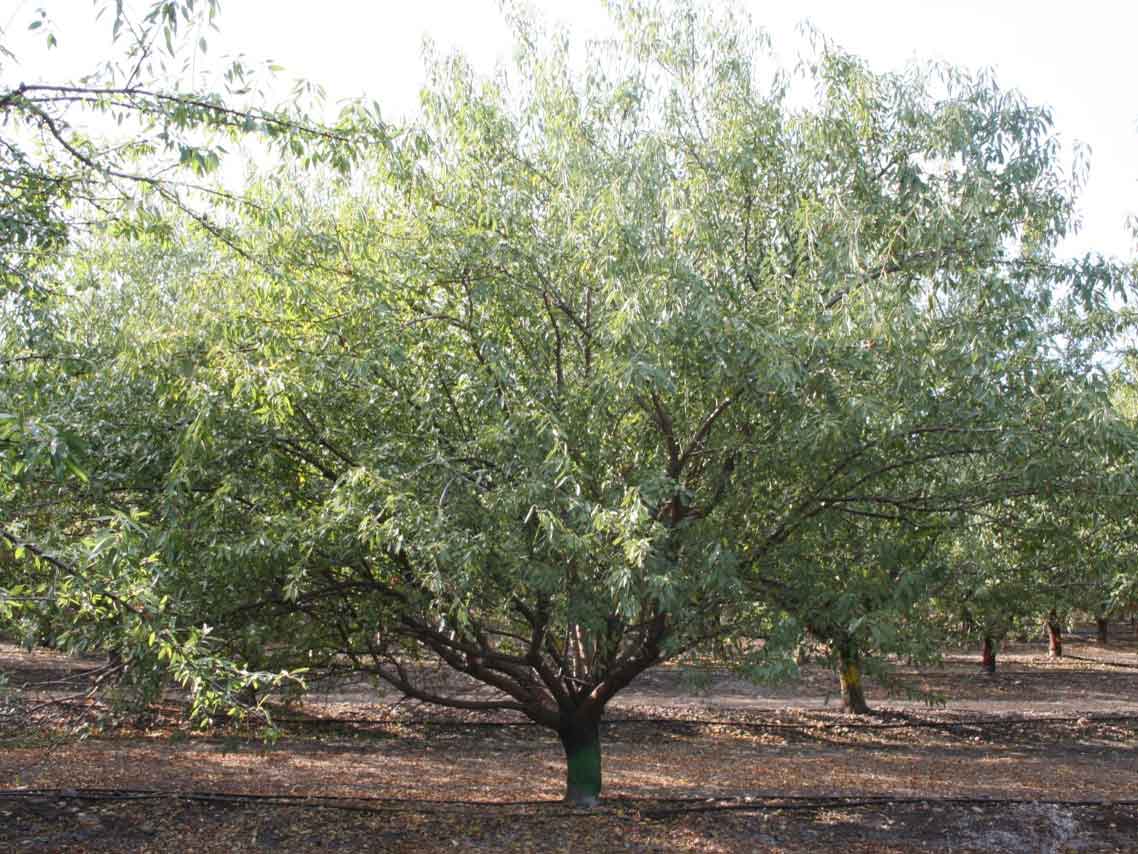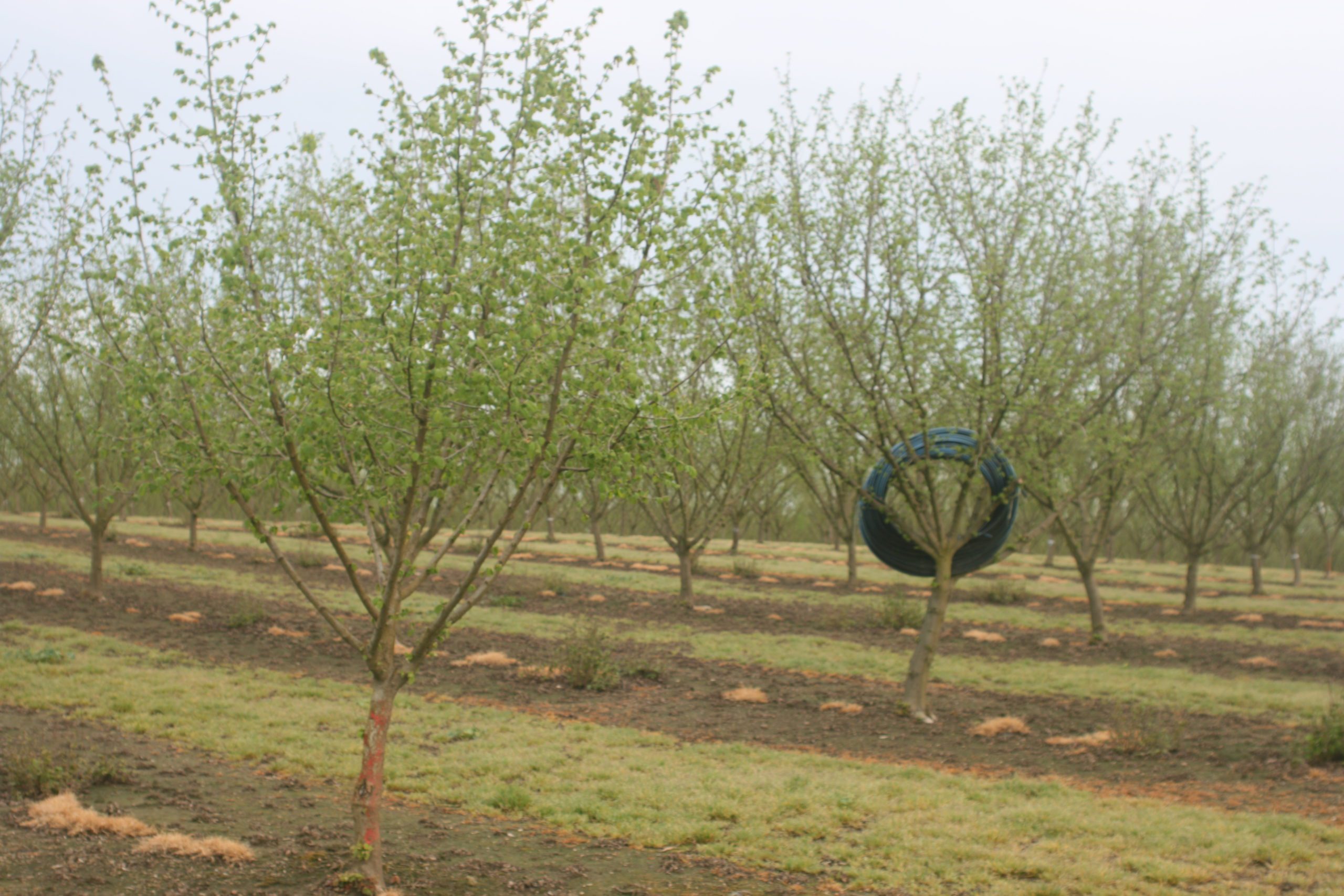In a Nutshell: Listen to the Summary
A not-unexpected side effect of the Sustainable Groundwater Management Act (SGMA) on some regions in the Central Valley is a reported uptick in the number of neglected or abandoned tree nut orchards and vineyards due to pumping restrictions, particularly where there are no surface water deliveries.
In response to an increase in complaints from neighbors farming near neglected or abandoned properties about pest infestations affecting their operations or where there are obvious fire hazards, legislation was introduced in the state Assembly recently to add more enforcement power for county agriculture commissioners.
Abandoned tree nut orchards can become significant reservoirs for insect pests and rodents, according to UCCE farm advisors, particularly when trees are still alive. Lacking normal management practices, pest populations can build over time and affect neighboring orchards as the pests migrate in to forage.
Current law only allows for counties to pursue a lien process to address nuisance properties. The bill seeks to give county agricultural commissioners an enforcement option through civil penalties, allowing for the protection of neighboring farm ground.
While there are no exact numbers of acres of abandoned or neglected orchards or vineyards in the Central Valley, the state has projected that nearly 500,000 acres are expected to be fallowed due to a combination of factors that include SGMA implementation and economic conditions.
AB 732 was introduced by Alexandra Macedo, who represents Assembly District 33, in response to a growing number of abandoned or neglected orchards that have become breeding grounds for insect pests or rodents. Existing law requires a county agricultural commissioner to notify the owner in writing that the property has been declared a nuisance and that the owner must remove or destroy the neglected or abandoned crop. Counties may impose liens on the property if no action is taken.
As of May 5, the bill had passed the Assembly Agriculture, Judiciary and Appropriations committees and was preparing for a vote on the Assembly floor. If passed, it will move on to the Senate.

Handled with a Warning
Nghia Nguyen, Macedo’s chief of staff in Sacramento, said nuisance properties are generally handled with a warning by the county to the landowner to inform them of the issue and encourage proper management. That does not mean the orchard or vineyard must be removed, Nguyen said, but that the property be maintained and effective pest control practices implemented. Nguyen added that if there are extenuating circumstances, the county normally works with the landowner and affected neighbors to reach an acceptable solution.
Macedo’s legislation introduces a more formal process. Under the bill, the landowner would receive a notice and a good-faith grace period before any penalty is issued. Nguyen said the law is designed to prioritize compliance over punishment. Only if no action is taken after the notice would a civil penalty be levied, with fines based on severity and the property owner’s ability to pay.
She noted agriculture commissioners across multiple counties, including Colusa, San Joaquin and Modoc, confirm noticeable increases in abandoned orchards.
Roger Isom, president and CEO of Western Tree Nut Association, who testified at the hearing in support of the bill, said there is more neglect involved than total abandonment and currently counties have little recourse when owners of adjacent orchards complain about rats, squirrels or insect pests moving in and increasing their costs for control.
“We’ve known since SGMA that this would be a possibility,” Isom said. “When insect pests or rodents are not being controlled, they build up numbers and move into adjacent properties where they cause damage and crop loss. It is the places where trees or vines are half alive and they harbor rats and squirrels, navel orangeworm and Carpophilus beetle. There has even been one with wild pigs. If they don’t control these pests, the neighbors pay.”
He emphasized that county inspectors were not going after orchards with cover crops, just ones where the owners have walked away, not irrigating trees or controlling pests. The civil penalties called for in the bill would give counties a little more leverage. The bill requires that the person receiving the notice from the county have time to resolve the problem. If no action is taken within 15 days of receiving the notice, a civil penalty of $500 per acre in violation would be imposed. The amount could be increased to $1,000 per acre if the landowner does not take action within 30 days of the original notice of violation. The bill would repeal the provisions on Jan. 1, 2035.
Some Misconceptions
Chris Greer, with the Tulare County Agricultural Commissioner, said there are some misconceptions about the bill. “It’s not out to ‘get’ someone. The industry doesn’t want that. We want them to fix the problem.”
He said Tulare County has about 120 different properties classified as abandoned.
The county assesses the property, takes photos and contacts the owner to find the reasons for neglect or abandonment. There are a lot of different scenarios, he said, including water, personal issues or bank-owned properties. He said they have been able to work with the property owners to manage individual situations.
UCCE Integrated Pest Management Advisor Jhalendra Rijal said he has seen an increase in the number of unmaintained almond and walnut orchards in the northern San Joaquin Valley.
He said according to Land IQ estimates, there are more than 35,000 acres of almond and walnut orchards classified as stressed or abandoned in the Central Valley.
“When you are farming next to an abandoned or unmaintained orchard, you can expect insects immigrating to where the food is available. Navel orangeworm is known to fly quite a distance in seeking food sources. I have witnessed an almond orchard with unusually high stink bug pressure and the only plausible reason was a recently abandoned orchard next to that block,” Rijal said.
Orchards that remain alive, but where there is no pest management, can be food sources for insect pests or rodents. Populations build and move into adjacent properties.
Rijal said the parameters of abandonment need to be made clear to landowners.

Cecilia Parsons
Cecilia Parsons has lived in the Central Valley community of Ducor since 1976, covering agriculture for numerous agricultural publications over the years. She has found and nurtured many wonderful and helpful contacts in the ag community, including the UCCE advisors, allowing for news coverage that focuses on the basics of food production.
She is always on the search for new ag topics that can help growers and processors in the San Joaquin Valley improve their bottom line.
In her free time, Cecilia rides her horse, Holly in ranch versatility shows and raises registered Shetland sheep which she exhibits at county and state fairs during the summer.
















